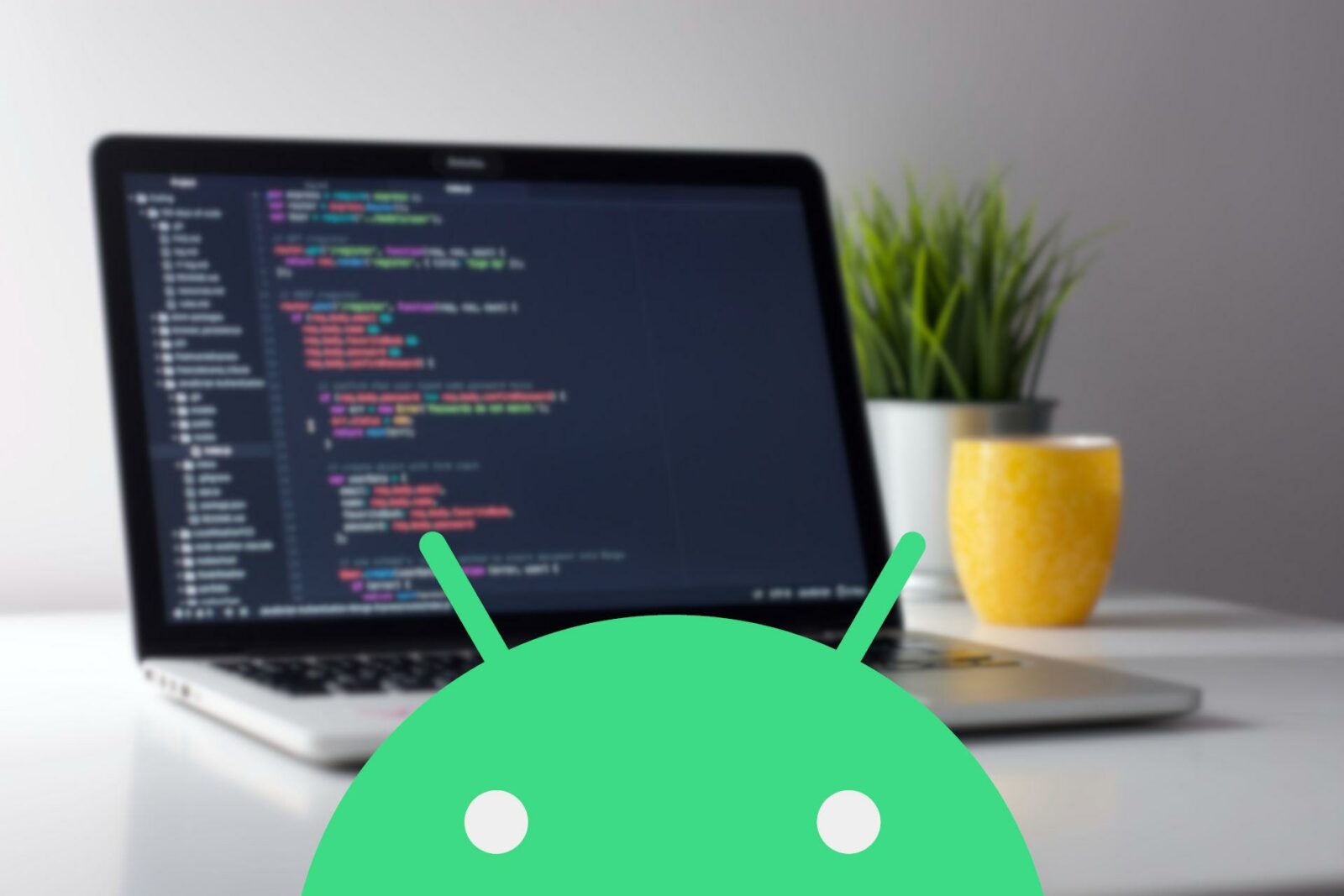Android Studio 2020.3.1, codename “Arctic Fox”, is out with a variety of new features and improvements.
Rather than Android Studio 4.3, it now uses new version numbering system to more closely align with IntelliJ IDEA. And the new version number is made of:
<Year of IntelliJ Version>.<IntelliJ major version>.<Studio major version>.<Studio minor/patch version>
Also Android Gradle plugin now is at version 7.0 that includes many updates.
To improve overall consistency of test executions, Android Studio now uses Gradle to run all unit tests by default. However, it no longer recognizes existing Android JUnit run configurations. You should migrate them to Gradle run configurations.
The release introduced a new Background Task Inspector for you to visualize, monitor, and debug your app’s background workers. You can get it from “View > Tool Windows > App Inspection”.
It now has new Wear OS pairing assistant that guides developers step-by-step through pairing Wear OS emulators with physical or virtual phones directly in Android Studio.
Other changes include:
- Export databases, tables, and query results from the Database Inspector to save, share, or recreate locally
- The Memory Profiler user interface updated for different recording activities
- “Refresh Linked C++ Project” option to manually regenerate the Ninja project.
- New test matrix for multi-device testing
StateFlowsupport in data binding- Improved the number of libraries for the suggested import feature
- Support for configuration cache in Build Analyzer
- Use non-transitive R classes with AGP to build faster builds for apps with multiple modules.
- Support for Jetpack Compose tooling
- Compose support in the Layout Inspector
- Responsive layout template
How to Get Android Studio for Linux:
Android Studio offers official Linux package available to download at the link below:
